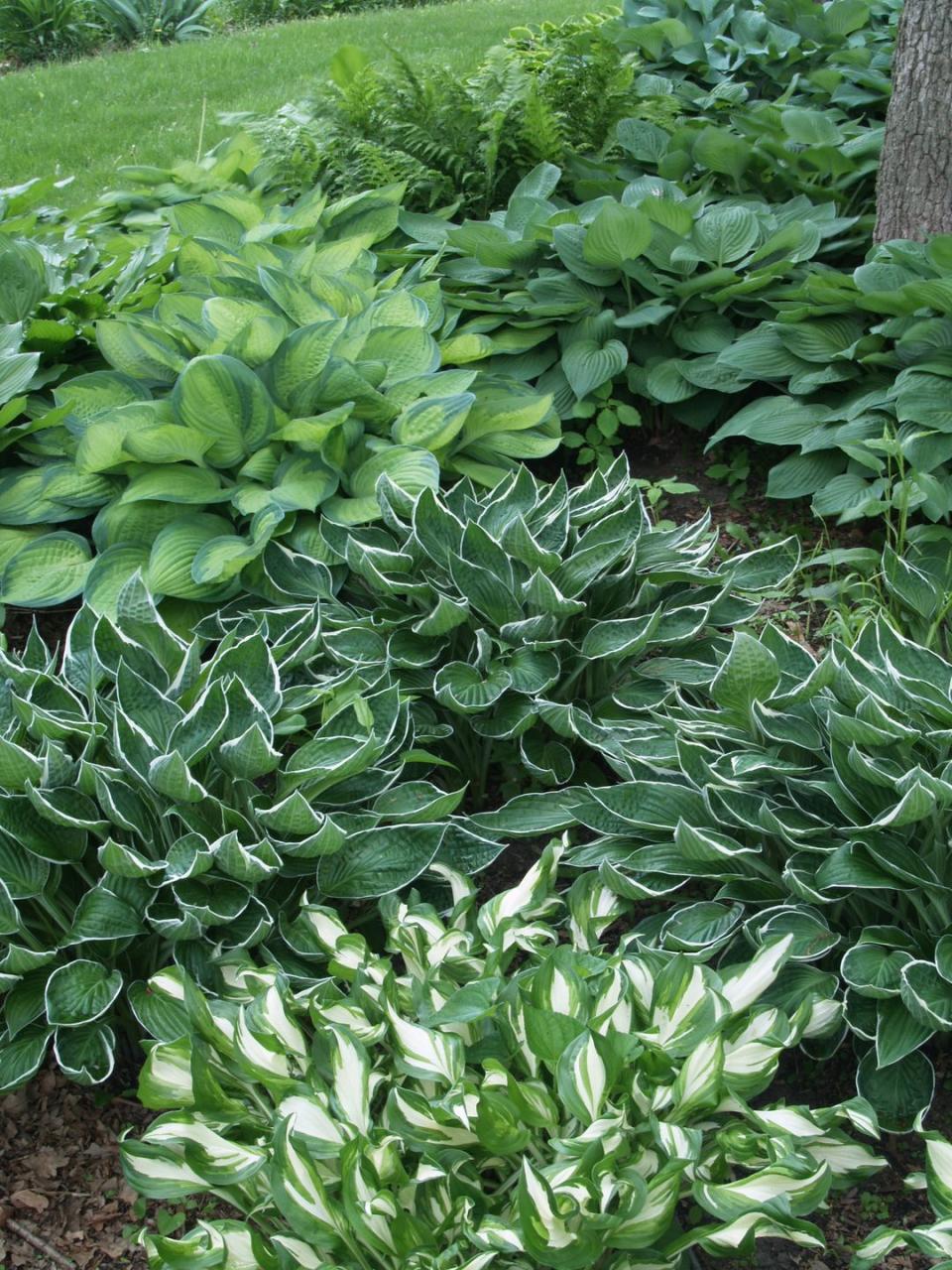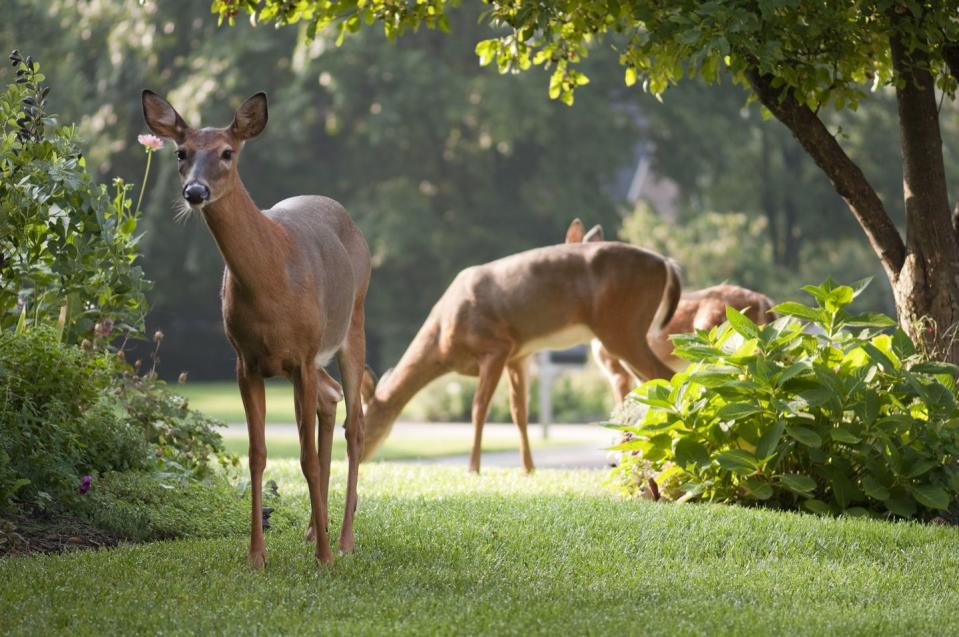How to Care for Hostas So They'll Thrive in Your Yard
Hostas have been popular in gardens for decades because they’re reliable, unfussy perennials that come in every size from tiny to 8 feet across! Their colors range from chartreuse to deep blue to variegated types with pretty curling, ridged, or cup-shaped leaves. Some even have fragrant flowers! “Hostas are easy-to-grow and the range within the genus is amazing,” says Laura Robles, regional product manager for Walters Gardens. “They’re fairly adaptable to most soil types, too, which makes them a great plant for most gardens.”
Here’s what else you need to know about how to care for hostas:
Hostas do best in morning sun, afternoon shade.
Although hostas are typically thought of as shade plants—and most do fine in shade—they really need a bit of sun to show off. “In northern areas, some types actually can take full sun because it’s not as intense,” says Robles. “Also, the more moisture hostas receive, the more sun they can handle.” Generally, hostas develop their best color with a dose of morning sun. But be careful with the blue varieties that have a waxy coating that can melt off in too much sun, resulting in leaves that appear more green than blue.

Can I grow hostas where I live?
Hostas grow in most of the country and will tolerate USDA Hardiness zones 3 to 9 (find yours here). But they don’t like it any warmer than that because they need a chilling treatment as part of their growth cycle, says Robles.
How do I plant hostas?
Hostas usually come in a pot with some foliage or as a bare root without soil. Before you plant, make sure the plant is watered. If it’s a bare root, drop it into a bucket of water for a few minutes until the air bubbles stop. Then choose a spot where your plant will have plenty of room to spread out. Hostas are moderate growers, achieving their mature size in about five years, and they do best if you don’t disturb or move them.
To put your hostas in the ground, dig a hole about 2 to 3 times the width of the pot and a few inches deeper. If you have very heavy or clay soil, it helps to excavate the area and work in some compost or other organic material. Plant them at the same depth they were in the pot. With bare roots, plant the crown, where the stem meets the roots, at ground level.
Make sure to water well, and water regularly as your plant is getting established the first season. They like moisture so if it’s really dry in subsequent years, give them a drink. It’s not necessary to fertilize hostas, but the nitrogen boost will help promote big, beautiful leafy growth. Add a controlled release type, such as a 14-14-14 NPK, in the spring, or use liquid fertilizer when watering throughout the summer.

How do I keep rabbits and deer away from my hostas?
Unfortunately, hostas are like candy to wildlife! The best approach is to spray hostas at planting and when they first pop up in the spring with a smelly repellant, such as Plantskydd. Apply several times throughout the summer. Make sure to spray early and often so that the animals don’t learn your yard has the best buffet in town. Because once they start chowing down, it’s hard to deter wildlife from returning.
Can I divide hostas?
If your plant has gotten too big, you can chunk a piece of the edge with your shovel or garden digging knife then replant elsewhere. Do it in spring as it’s emerging or in early fall, but not in summer when the heat makes it too stressful for new plants to get established, says Robles.
Watch out for disease and pests.
Hostas are fairly tough but they do get a type of disease called hosta virus X. Symptoms include leaf colors that start to bleed into each other or the foliage becomes distorted, such as curly leaves that lose their corrugation. Sadly, there is no treatment. “Dig up the plant and dispose of it,” says Robles, “Do not compost it, and don’t replant hostas in that same spot for a few years.” Also, clean your shovel with bleach so you don’t spread the disease to other plants.
Slugs and snails sometimes can be a problem, too, so look for slug-resistant hosta varieties (they tend not to like the thicker foliage types). Voles like to nibble roots, especially in winter. So, if they’re an issue in your garden, plant your hostas in a “cage” that protects the roots from marauding rodents. Or you can plant hostas in containers, too.
You Might Also Like

